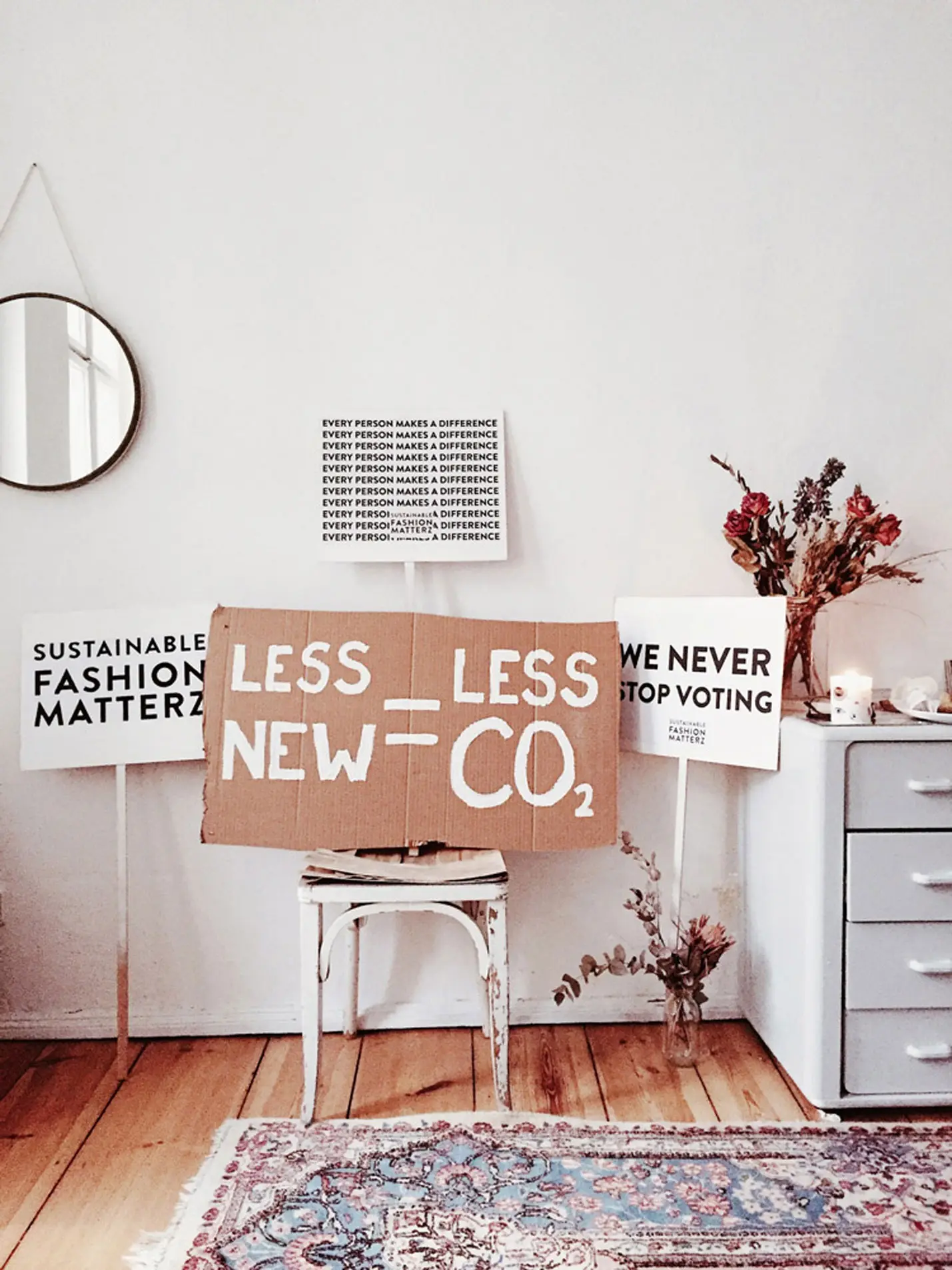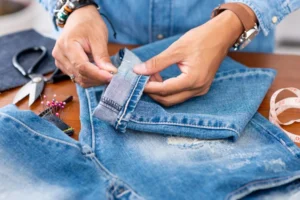As we all know fast fashion industry focuses on excessive production, overcomplicated supply chains, and mindless consumption to make huge profits. Naturally, adopting such an attitude would bring about severe consequences in the form of environmental, economic, and social impacts.
From an environmental perspective, excessive use of water, water pollution, textiles waste, and carbon emissions are among the critical impacts that have to be taken into consideration. Producing one cotton shirt needs 2700 liters of water which is enough to meet the average person’s drinking needs for 2.5 years; contaminated water with toxins, heavy metals, and synthetic materials due to fabric dyeing and treatment ends up in seas and oceans which would surely be a danger to marine creatures and the underwater ecosystem; 92 million tones of textile waste are created each year and it is estimated that this number will reach 134 million tones by 2030. Nowadays, 84% of clothing still ends up in landfills or incinerators.
Near one garbage truck of textiles per second is produced, and greenhouse gas emissions which lead to global warming and natural disasters are some of the marked effects of fast fashion on our planet.
Besides, putting profits ahead of human welfare has its consequences in terms of labor conditions, health, child labor, and wages. So, an immediate change that is thoughtful, intentional, and holistic to benefit the planet and all people is needed. Such movements like sustainable fashion and slow fashion are reactions to fast fashion’s hazardous consequences.
Slow Fashion vs Sustainable Fashion
Slow fashion is the opposite of fast fashion literally. Slow fashion focuses on brand practices and consumer’s shopping habits. Its aim is specifically targeted at reducing consumption and production. Whereas, sustainable fashion utilizes the most sustainable methods and materials possible in all stages of a product’s life cycle.
Slow Fashion
The term slow fashion was first coined by Kate Fletcher. The naming was inspired by the similar slow food movement that was in itself a response to the fast-food industry. Much in the same way Fletcher felt the need for a slower-paced fashion movement that does not encourage mindless consumption. This attitude towards fashion could potentially help reduce our environmental footprint via adopting a non-consumer mentality and shift shopping habits to a more beneficial one for our planet and the people who inhabit it. The slow fashion movement aims to reduce our textile wastes which have been overburdening our landfills through speedy production schedules, large-scale production, and creating an excessive amount of waste. They encourage customers to keep a minimalistic wardrobe and invest in garments that they could keep for the duration of their lifespan. Consequently, the material used in the production of clothes gains importance as clothing made to last longer should have a sturdy enough fabric such as linen, organic cotton, or Tencel.

Some Slow Fashion Characteristics:
- Having high quality and sustainable materials
- Being timeless in their designs
- Producing and sourcing in-house or local places
- Selling in local stores
- Having few and specific styles per collection, or permanent seasonless collection
- Being made-to-order to reduce unnecessary production
Sustainable Fashion
Sustainable fashion, as can be inferred from its name, uses sustainable methods to produce and market wearables such as clothes, shoes, and accessories that are both environmentally and socio-economically conscious. This fashion practice considers all stages of the product’s life cycle, from design, raw material production, manufacturing, transport, storage, marketing, and final sale, to use, reuse, repair, recycling, and upcycling. It is aimed to be environmentally friendly and to minimize any undesirable environmental effects by:
- Using natural resources such as water, energy, land, soil, plants, etc. carefully and efficiently
- Selecting renewable energy sources like wind and solar power at every stage
- Indulging in eco-friendly practices like repair, remake, reuse, recycling, and upcycling
Sustainable fashion companies should encourage people to adopt more sustainable consumption patterns like buying less, using longer, upcycling, repairing, etc., and do sustainable caring and washing practices.
From a socio-economic perspective, working conditions should be improved for workers in terms of welfare, wages, safety, transportation chain, insurance policies, etc.
There are several noteworthy approaches to sustainable fashion like circular fashion, slow fashion, eco or green fashion, cradle to cradle, ethical fashion, fair-trade fashion, organic fashion, minimalistic wardrobe, etc.




